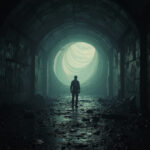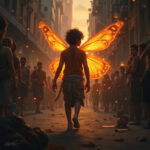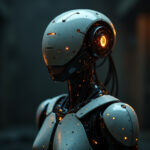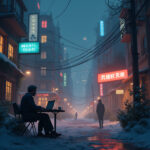Introduction to AI and Art
In recent years, artificial intelligence (AI) has made significant strides, impacting various fields, including art. The rise of AI image generation tools has sparked a fascinating conversation about the future of creativity. As these technologies develop, they offer new ways for artists to express themselves and challenge traditional notions of artistry.
The Rise of AI Image Generation
AI image generation refers to the process where algorithms create images based on certain inputs. These inputs can be anything from simple text prompts to complex datasets of existing artwork. Tools like DALL-E, Midjourney, and Stable Diffusion have brought this technology into the spotlight, allowing users to generate stunning visuals with just a few clicks. Artists and non-artists alike can now explore their creativity without the need for traditional skills.
How AI is Influencing Artists
Many contemporary artists are embracing AI image generation as a collaborative tool rather than seeing it as a replacement for human creativity. Here are some ways AI is influencing artists:
- Expanding Possibilities: AI can generate countless variations of a concept, allowing artists to explore ideas that they might not have considered.
- Speed and Efficiency: Creating art can be time-consuming. AI helps artists quickly visualize their ideas and iterate on them, making the creative process more efficient.
- New Aesthetic Styles: AI can produce unique styles and visuals that blend different artistic influences, pushing artists to experiment with new aesthetics.
The Debate Over Authenticity
Despite the exciting possibilities, the rise of AI in art has also led to debates about authenticity and ownership. Questions arise: Can a computer-generated image be considered ‘art’? Who owns the rights to an image created by AI? These discussions are crucial as society navigates this new landscape of creativity. Many argue that the human touch is what makes art meaningful, while others believe that innovation in technology should also be celebrated as an art form.
AI Art in the Mainstream
AI-generated art is not just confined to digital platforms; it’s making its way into galleries and exhibitions worldwide. Museums are beginning to showcase AI art, and some pieces have even been sold at auction for substantial amounts. This growing acceptance indicates a shift in how we perceive art and creativity. As people become more familiar with AI-generated art, it is likely to become a more integral part of the modern art narrative.
Conclusion: Embracing the Future of Creativity
The intersection of AI and art presents an exciting frontier for creativity. By leveraging AI image generation, artists can push boundaries and explore new realms of expression. While the debate over authenticity and ownership continues, one thing is clear: AI is not just a tool; it’s a transformative force that is reshaping the landscape of modern art. As we embrace this technology, we open ourselves to new forms of creativity that can enrich our cultural experiences.




